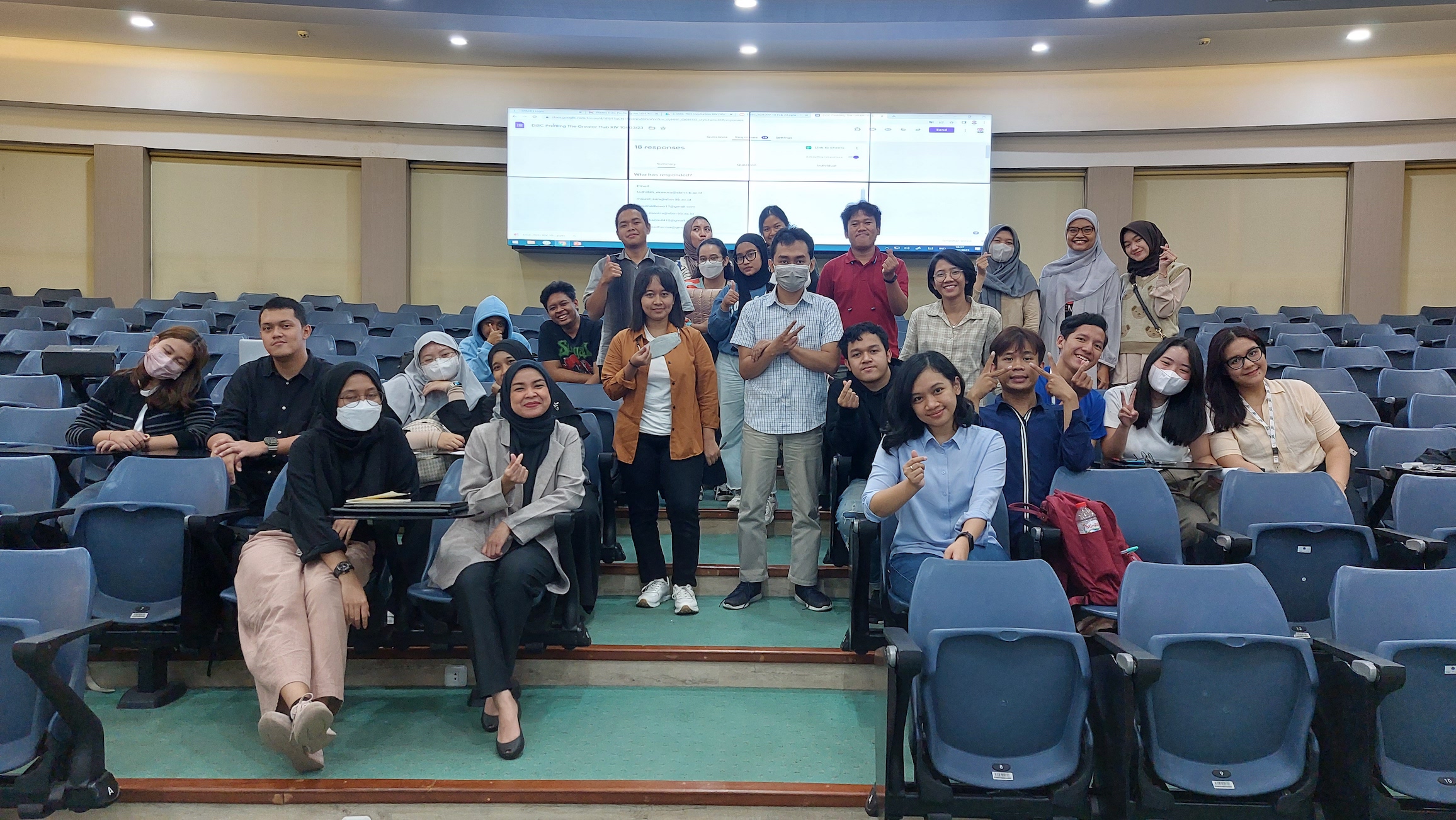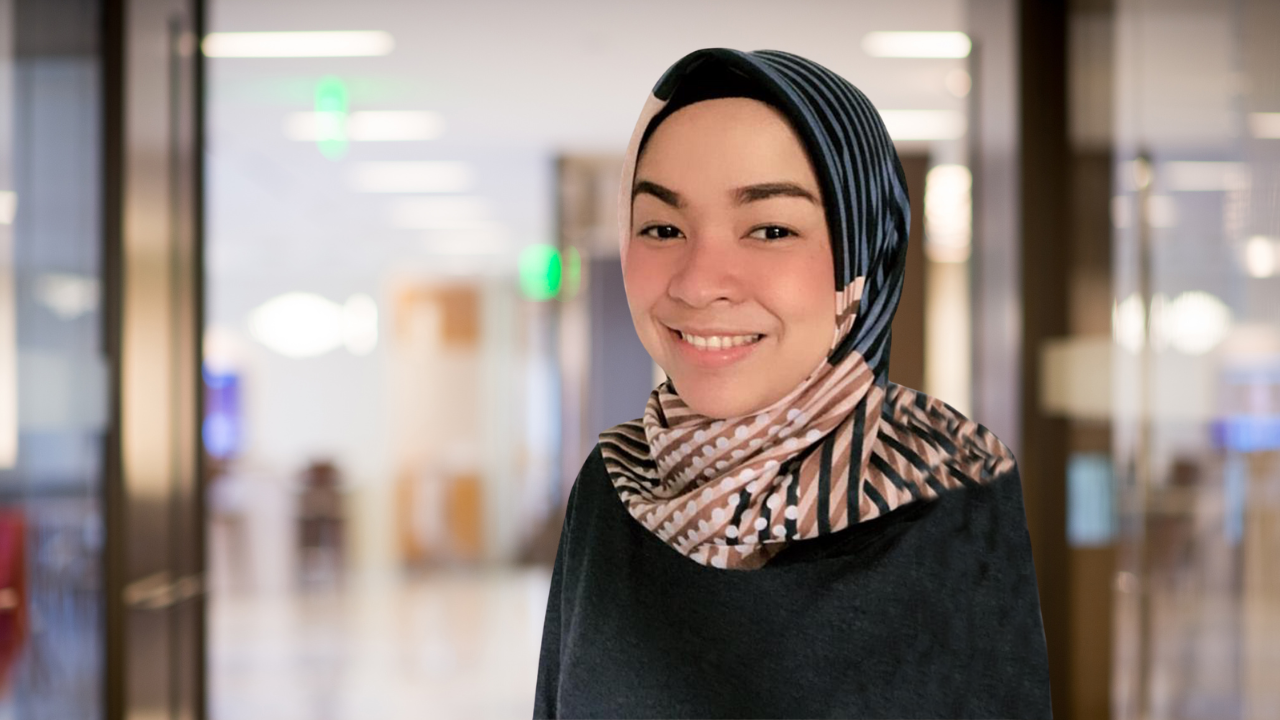Startups included in The Greater Hub XIV took the DISC (Dominance, Influence, Steadiness, and Compliance) psychological test on Friday (10/2). They were accompanied by Nurfaisa Hidayanti, a psychologist, part-time researcher, and Lecturer at the SBM ITB.
SBM ITB held the DISC test so that TGH XIV participants could understand their characteristics, especially in each individual’s work style and how to treat other individuals with certain characteristics in the startup being run. With this test, SBM hopes that TGH XIV participants can build a solid startup team and produce maximum output. The Greater Hub is an SBM ITB program to train startups to continue growing.
Nurfaisa explained that the DISC test could provide varied results for each individual. This is due to the individual’s perspective in doing this test.
Someone who takes the test from the perspective of a startup founder will have different results than when positioning himself in a role at home. Therefore, participants were asked to use the perspective of their role in each of the startups they were running because this test aimed to examine the work style of each individual at the startup.
In this test, the startups did not only take the test but were also guided through analyzing the test results. Starting with classifying each participant’s statement into components D, I, S, and C, then calculating the amount of each component until a graphic depicts the calculation results.
Three graphs are the results of the DISC Test, the ‘Public Self’ (mask), ‘Private Self’ (core), and ‘Perceived Self’ (mirror) graphs. On the three graphs, a thick line will be a reference to indicate in which component the person is dominant.
After analyzing the test results, Nurfaisa explained the behavioral characteristics and work style of each component D, I, S, and C. The SBM ITB lecturer also explained the advantages and disadvantages of each component and how to treat them so that interactions can be more effective and efficient and are comfortable to the person.





